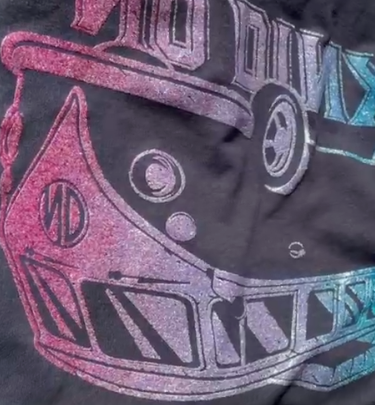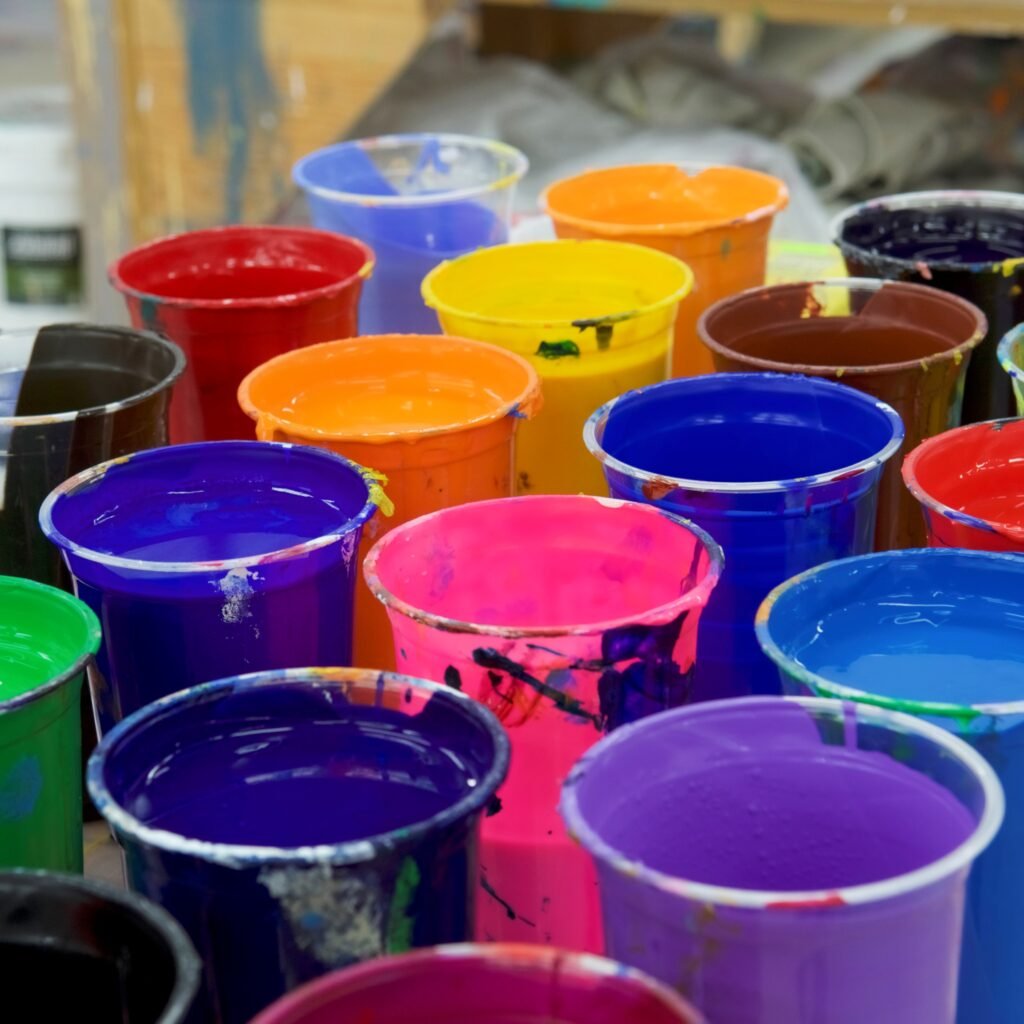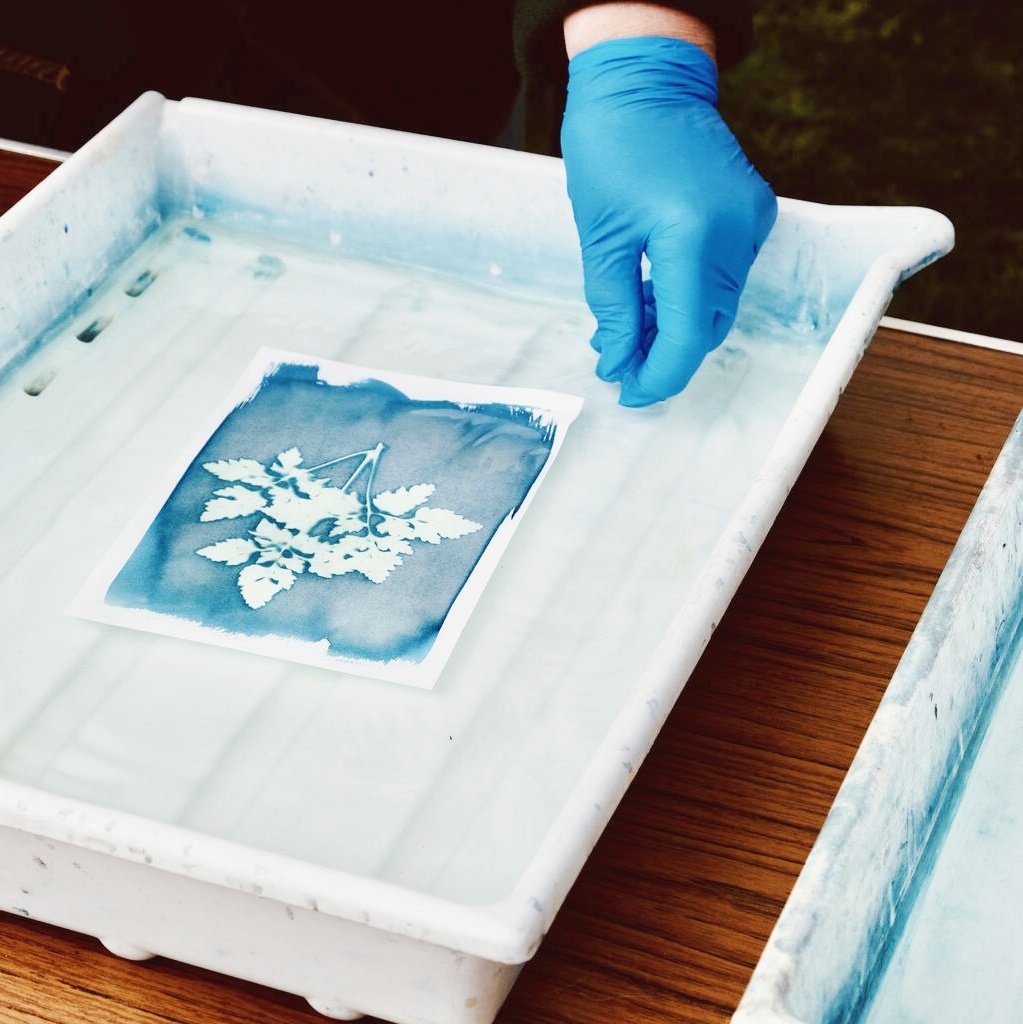Tabl Cynnwys
2024 Arloesedd Plastisol Tryloyw: Gwell Cryfder ac Edrychiadau
Plastisol tryloyw yn ddeunydd arbennig wedi'i wneud o Resin PVC a plastigyddion. Fe'i defnyddir i wneud pethau fel haenau, inciau a mowldiau. Heddiw, mae technoleg newydd yn ei gwneud hi'n gryfach, yn harddach ac yn well i'r Ddaear.
1. Beth yw Plastisol Tryloyw?
Plastisol tryloyw yn hylif sy'n caledu pan gaiff ei gynhesu. Mae'n cael ei wneud trwy gymysgu Resin PVC (math o blastig) gyda plastigyddion (hylifau olewog sy'n ei wneud yn feddal).
- Hen ddefnyddiau: Ffabrigau cotio, rhannau ceir, a theganau.
- Defnyddiau newydd: Offer meddygol, casys ffôn, a deunyddiau adeiladu.
Pam ei fod yn bwysig nawr:
- Mae pobl eisiau deunyddiau sy'n para'n hirach ac yn edrych yn neis.
- Mae angen opsiynau ecogyfeillgar ar ffatrïoedd.

2. Top 5 Gwydnwch Breakthroughs
2.1 Ymwrthedd UV a Thywydd
Problem: Hen plastisol wedi troi'n felyn yng ngolau'r haul. Ateb: Add nano-ceramig (fel TiO₂) i rwystro 99% o belydrau UV. Enghraifft: Toeau awyr agored sy'n aros yn glir am 15 mlynedd.
| Hen vs Newydd | Hen Plastisol | Plastisol Newydd |
|---|---|---|
| Ymwrthedd UV | Gwael | 99% Wedi'i rwystro |
| Rhychwant oes | 5 mlynedd | 15 mlynedd |
2.2 Ymwrthedd Crafu/Crafu
Problem: Crafiadau yn gwneud i plastisol edrych yn hen. Ateb: Polymerau hunan-iachau (cymysgedd o silicon a PVC). Enghraifft: gafaelion gêr chwaraeon sy'n aros yn newydd ar ôl 10,000 o ddefnyddiau.
2.3 Sefydlogrwydd Thermol
Problem: Gwres wedi'i wneud plastisol toddi neu grac. Ateb: Asiantau trawsgysylltu gadewch iddo drin gwres hyd at 160 ° C. Enghraifft: rhannau golau LED nad ydynt yn ystof.
2.4 Gwrthiant Cemegol
Problem: Olewau ac asidau difrodi plastisol. Ateb: Add fflworopolymerau (plastigau cryf iawn). Enghraifft: Rhannau ceir sy'n gwrthsefyll gollyngiadau olew.
2.5 Hyblygrwydd Heb Cracio
Problem: Roedd plygu yn achosi craciau. Ateb: Plastigwyr bio-seiliedig (fel olew ffa soia). Enghraifft: Ffonio achosion sy'n plygu ond ddim yn torri.
3. Arloesedd Esthetig
3.1 Eglurder Optegol
Problem: Roedd hen plastisol yn edrych yn niwlog. Ateb: Resinau niw isel (fel Vinnolit® VTC) ar gyfer eglurder tebyg i wydr. Enghraifft: Tiwbiau meddygol y gallwch eu gweld yn glir.
3.2 Gorffeniadau Addasadwy
Problem: Roedd Plastisol yn edrych yn ddiflas. Ateb: Micro-boglynnu yn creu arwynebau matte, sgleiniog neu weadog. Enghraifft: Esgidiau dylunydd gyda phatrymau sgleiniog, metelaidd.
3.3 Colorfastness
Problem: Lliwiau wedi pylu yng ngolau'r haul. Ateb: Nano-bigmentau cadw lliwiau llachar am flynyddoedd. Enghraifft: Trim car coch sy'n aros yn goch.
4. Gwelliannau Cynaladwyedd
4.1 Plastigyddion Heb Ffthalad
ProblemRoedd gan hen blastigyddion gemegau niweidiol (ffthalatau). Ateb: defnydd DINCH neu Citroflex® (dewisiadau amgen diogel). Enghraifft: Teganau babanod sy'n bodloni rheolau diogelwch llym yr UE.
4.2 Systemau Ailgylchadwy
Problem: Nid oedd modd ailgylchu plastisol. Ateb: Proses Solvay® BASF yn gadael i ffatrïoedd ailddefnyddio plastisol. Enghraifft: Casys ffôn wedi'u hailgylchu.
4.3 Curiad Isel-Temp
Problem: Gwres uchel wedi'i wastraffu ynni. Ateb: halltu isgoch yn defnyddio 30% llai o ynni. Enghraifft: Mae ffatrïoedd yn arbed arian ac yn lleihau llygredd.
5. Ble mae Plastisol Tryloyw yn cael ei Ddefnyddio?
| Diwydiant | Defnydd Achos | Budd-dal |
|---|---|---|
| Modurol | Dangosfyrddau sy'n gwrthsefyll crafu | Yn aros yn newydd am flynyddoedd |
| Meddygol | Tiwbiau clir | Yn ddiogel, yn hawdd ei lanhau |
| Electroneg | Achosion ffôn na ellir eu torri | Ysgafn a chwaethus |
| Pensaernïaeth | Toeau diddos | Yn goroesi glaw, haul, ac eira |

6. Heriau ac Atebion
Problem 1: Mae plastigyddion yn gollwng o gynhyrchion hyblyg. Atgyweiria: defnydd plastigyddion uchel-MW (fel Geon ™ 3000 PolyOne).
Problem 2: Gwneud plastisol yn glir A chryf. Atgyweiria: Add graphene-ocsid (haenau carbon uwch-denau).
7. Tueddiadau'r Dyfodol
- Haenau Smart: Plastisol sy'n synhwyro gwres neu olau UV.
- Plastisol bioddiraddadwy: Compost fel gwastraff bwyd.
- Ymchwil a Datblygu a yrrir gan AI: Mae cyfrifiaduron yn dyfeisio fformiwlâu newydd yn gyflymach.
8. Cwestiynau Cyffredin
A yw plastisol tryloyw yn ddiogel o ran bwyd?
Oes! FDA-cymeradwy defnyddir mathau mewn pecynnu bwyd.
Sut mae'n wahanol i silicon?
Mae plastisol yn rhatach ac yn glynu'n well, ond mae silicon yn plygu mwy.
A all gymryd lle gwydr?
Cyn bo hir! Newydd gwrthsefyll effaith mathau yn cael eu profi ar gyfer sgriniau ffôn.



